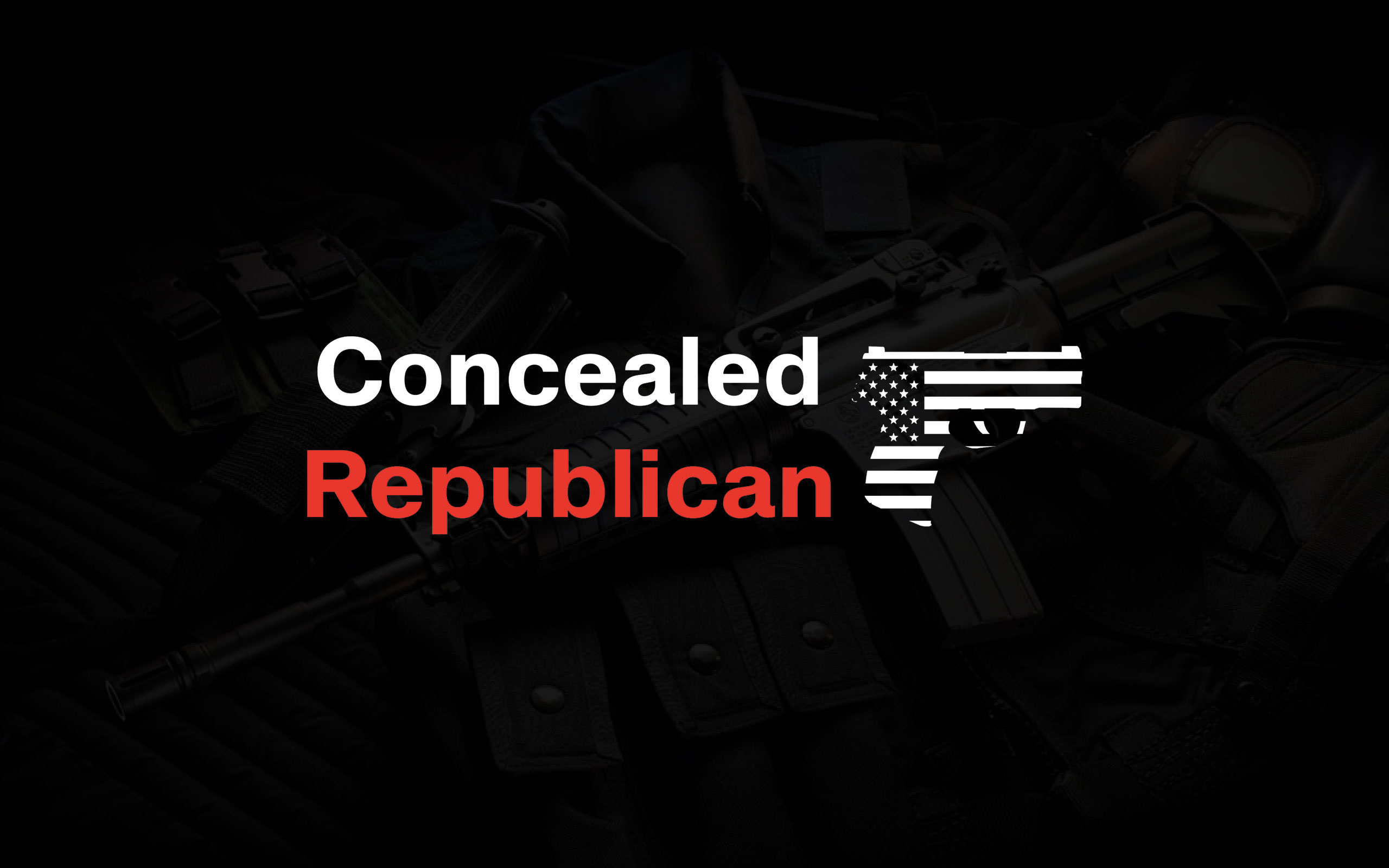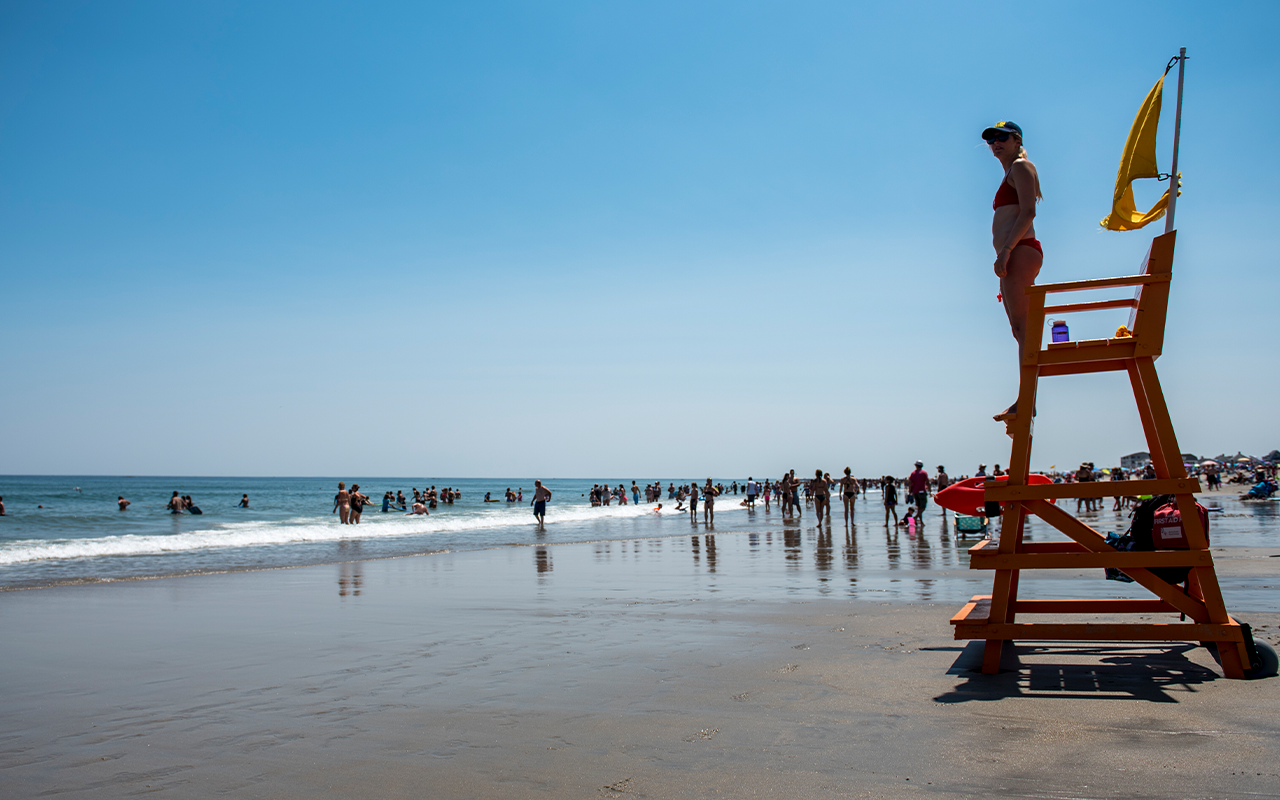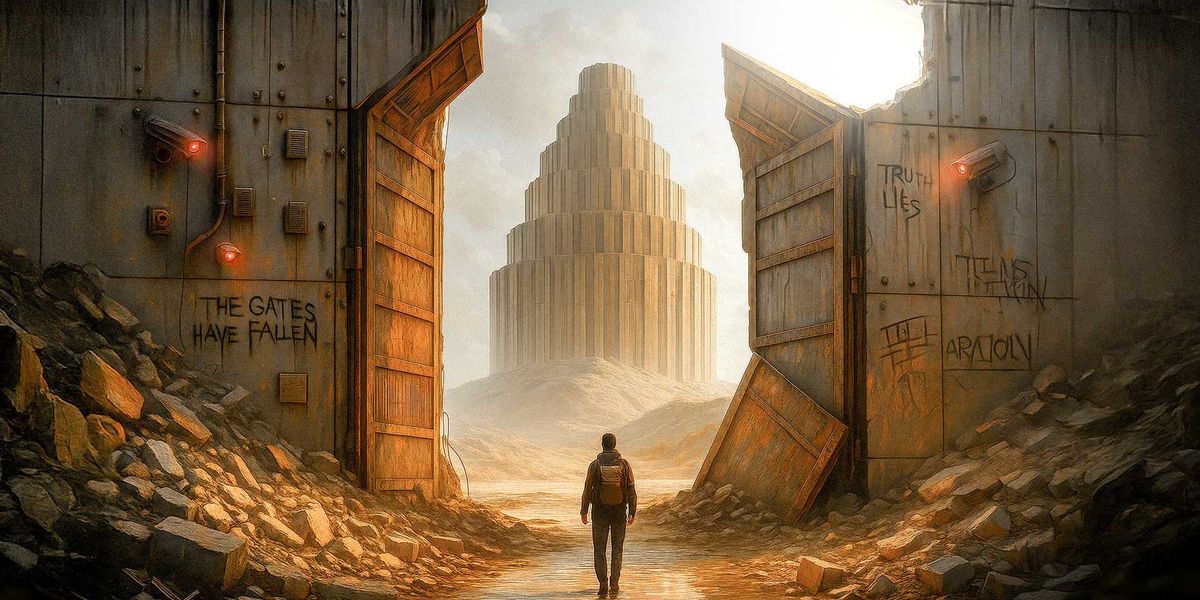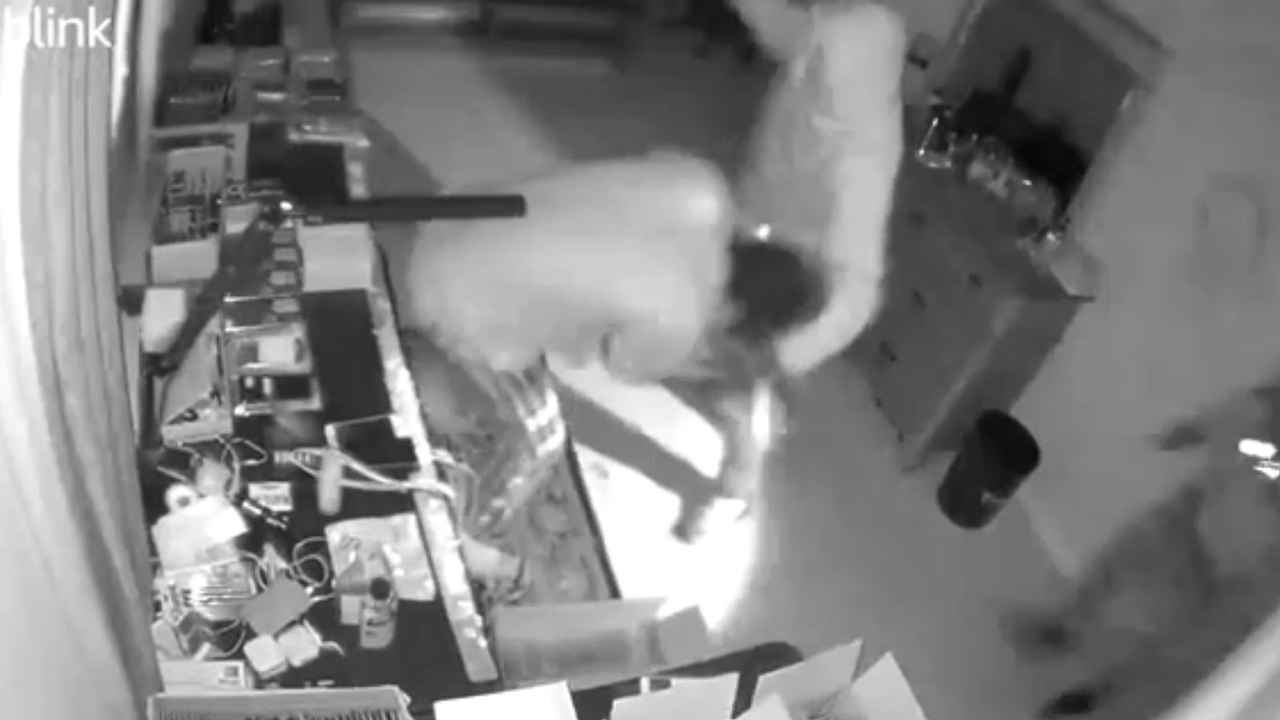The Soviet Union decided to adopt a 50mm light mortar in 1937 as a company-level armament. The first such weapon they used was the RM-38, introduced in 1938. It was a complex design, with a gas venting system to adjust range (200m – 800m), a bipod specifically set to either 45 or 75 degrees, and a recoil buffering system. This was clearly too complex, and it was replaced by the RM-39 the next year. This remained a well-made mortar, but now had a freely adjustable bipod. However it quickly proved too complex and expensive and it was in turn replaced by the RM-40.
The RM-40 is a much more efficient (aka, cheap) design. It used simple stamped bipod legs and a heavy stamped baseplate. It still uses adjustable gas venting to set range and retains a simplified recoil buffer, but it is a much more quickly produced weapon. A 1941 model of completely different design did replace it though, and by 1943 the Soviet Union moved to 82mm mortars for better effectiveness.
The Soviet mortars were generally well liked by German troops who captured them, as they were significantly longer ranged than the German 50mm mortar. They were also captured in large numbers by the Finns, who used them as well but found them underpowered. In 1960 some 1,268 Soviet 50mm mortars of all models were sold by the Finnish Defense Forces to Interarms to be imported into the US. Some were registered and sold as Destructive Devices and some were deactivated and sold as dummies.
Read the full article here





![Lorne Michaels Admits Major Cast Shake-Up Coming [WATCH] Lorne Michaels Admits Major Cast Shake-Up Coming [WATCH]](https://www.boredtrashpanda.com/wp-content/uploads/2025/08/2025.08.25-09.19-boredtrashpanda-68ac2aad6f8fc.jpg)




![15-Year-Old Florida Student Faces 30 Years in Classmate’s Death [WATCH] 15-Year-Old Florida Student Faces 30 Years in Classmate’s Death [WATCH]](https://www.rvmnews.com/wp-content/uploads/2025/04/2025.04.16-02.18-rvmnews-67ffbc431d477.jpg)

